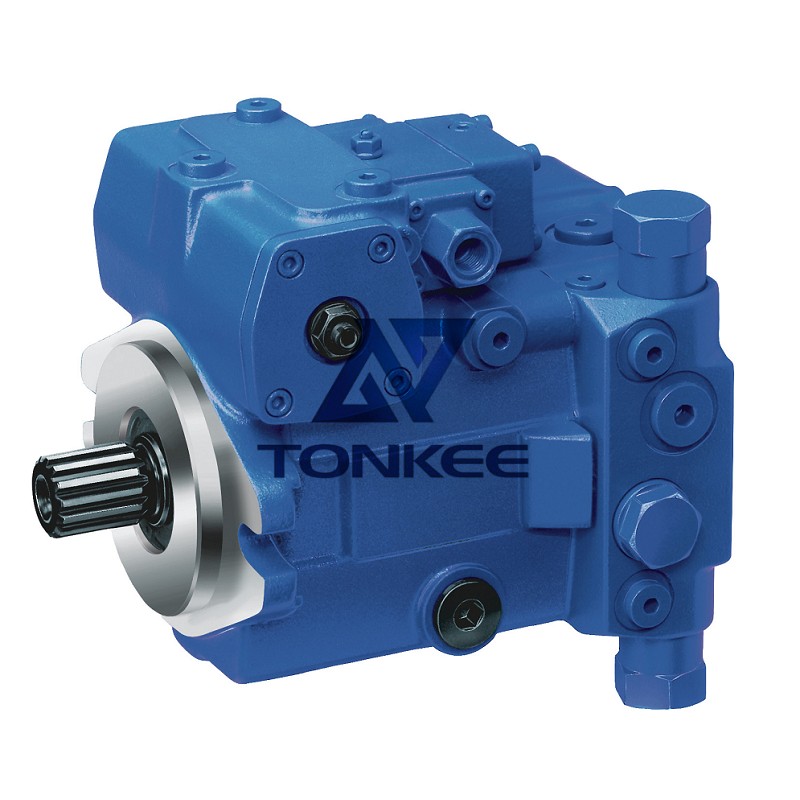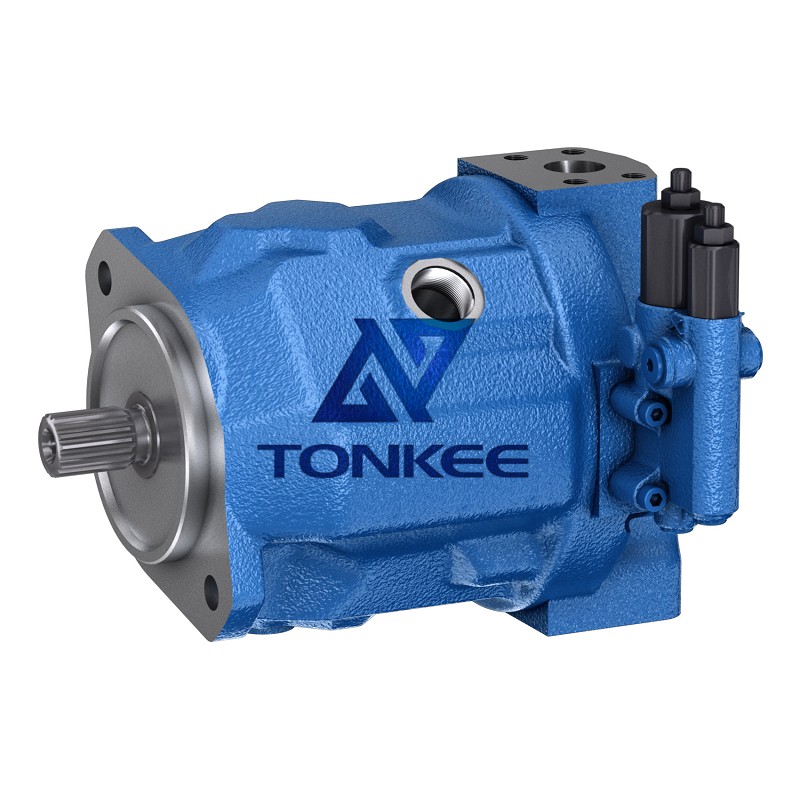
At the heart of the A10VG 28EP2M1/10R-NSC10F025S pump is its axial piston design.
This design ensures high-pressure capability and smooth operation, making it suitable for demanding hydraulic systems. The pump consists of a cylinder block with several pistons arranged in a circular pattern. These pistons are driven by a swashplate mechanism, which converts the rotary motion of the input shaft into axial reciprocating motion.
One of the key specifications of the A10VG 28EP2M1/10R-NSC10F025S pump is its displacement, which is 28 cm³/rev. Displacement refers to the volume of fluid that the pump can deliver per revolution. This particular pump is designed to provide precise control over the flow of hydraulic fluid, allowing for efficient operation and response.
The pump operates at a maximum continuous pressure of 280 bar (4,061 psi). This high-pressure capability enables the A10VG 28EP2M1/10R-NSC10F025S pump to handle demanding applications that require significant force and power. It ensures reliable performance even under heavy loads and adverse operating conditions.
To enhance its durability and longevity, the A10VG 28EP2M1/10R-NSC10F025S pump features high-quality construction materials. The cylinder block and pistons are made of robust materials, providing excellent resistance to wear and corrosion. This construction ensures extended service life and reduces maintenance requirements, making it a cost-effective solution for industrial hydraulic systems.
Furthermore, the A10VG 28EP2M1/10R-NSC10F025S pump offers a wide range of control options to suit different application requirements.
It can be equipped with various control devices, including hydraulic proportional control, electric proportional control, or even a combination of both. These control options allow for precise and responsive regulation of the pump's output, enabling seamless integration into complex hydraulic systems.
The pump is designed with efficiency in mind. Its advanced hydraulic design minimizes internal leakage, reducing energy losses and increasing overall system efficiency. This efficiency not only contributes to cost savings but also helps to minimize environmental impact by reducing power consumption.





 English
English português
português Русский язык
Русский язык










